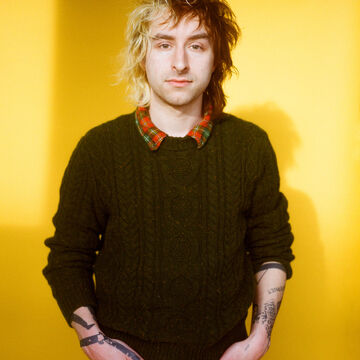

Evan Fusco
Lecturer
Contact
Bio
Evan Fusco (they/them) is a thinker based in Chicago, IL. Their work is invested in constructions of reality both socially and metaphysically, engaging a slow reading of the base components to achieve an understanding of things. Graduating from the School of the Art Institute of Chicago in 2019, they currently teach their in the Contemporary Practices department and are a member of the union AICWU. Past writing has been published in Other Forms’ Counter Signals publication, Plates Journal, Caitlin McCann’s In a Car On a Road Going to a Place, and their book Pathologies of the Margin; a study in dissipation was self-published in 2021. Work of their’s has been shown and/or presented at MOCA Cleveland, Apparatus Projects, The Chicago Art Book Fair, Cybertwee Headquarters, and Carroll University. Their publications are in the collections of the Cleveland Museum of Art and the Joan Flash Artist Book Collection at the School of the Art Institute of Chicago. Recently they presented the first iteration of their lecture performance A Secret Third Thing (Choreography of a Practice) and have been running a reading series called General Readings underneath the project umbrella of General Things.
Personal Statement
Timothy Morton: …to be a thing at all is to have been hurt. Harry Dodge’s paraphrase: …to be a thing is to have been wounded. My paraphrase of a paraphrase: to be a thing at all is to be with and to exhaust. To state a verbose practice is to fail it and never allow it to exhaust. I think often of Fred Moten and Stefano Harney’s conception of study, and in the practice consider its relational implications. Performances built towards productive failures and exigencies of the moment. A kind of autistic thingliness as I have begun to describe it. Disunification of a self following Aria Dean’s understandings of Robert Morris as a kind of fool, kind of dandy. Gregg Bordowitz stating that, “Nothing is as it appears to be and everything is significant.” A montage of a statement to hold space for the lecture-performances, plays, sculptures, essays, no longer here and yet to come in the practice. Thinking towards what constitutes a real, and how to grasp its process in works that prioritize collapse, sabotage, obtuseness in order to exist within what Jane Bennett would call thing-power in order to find what Erin Manning would call minor gestures.